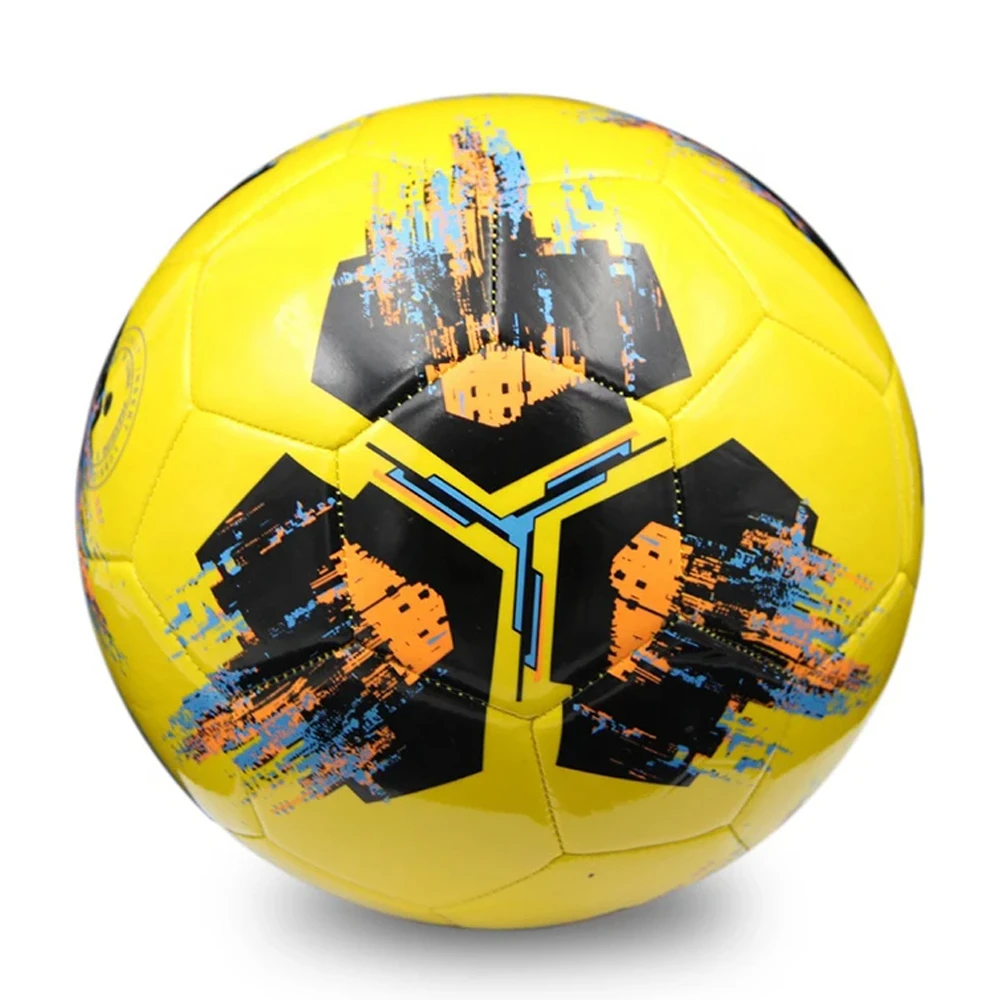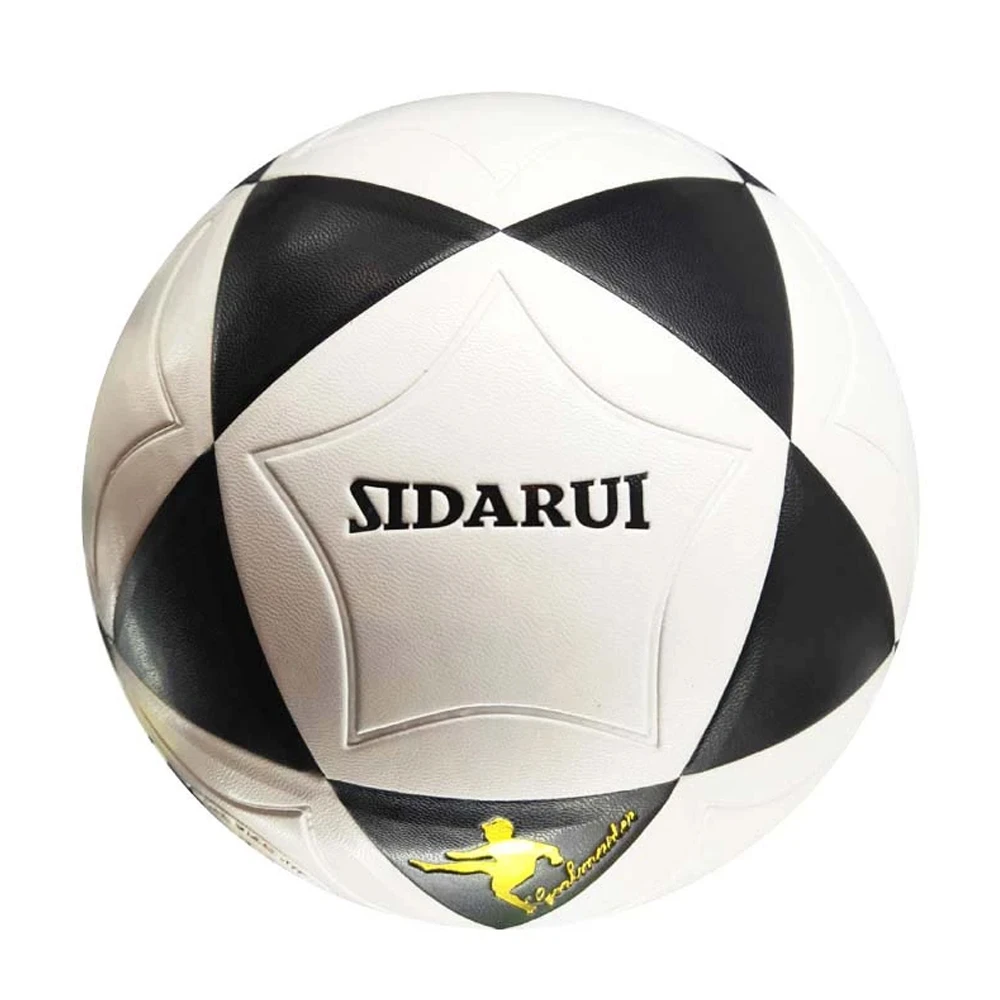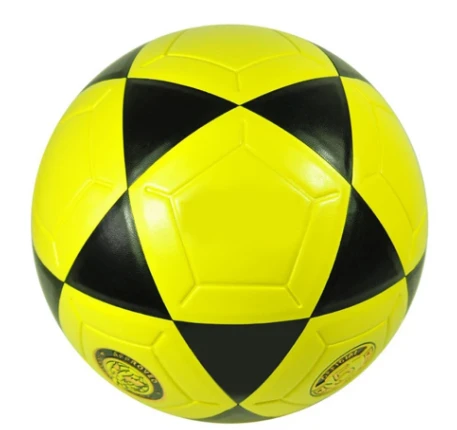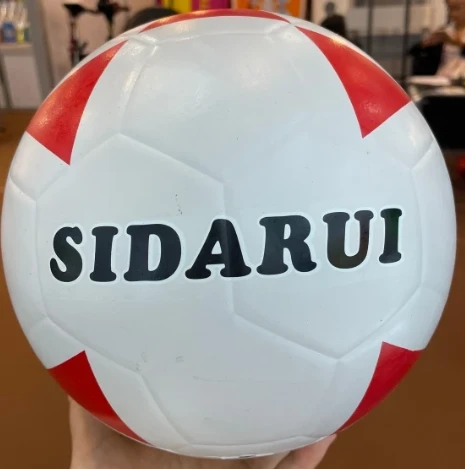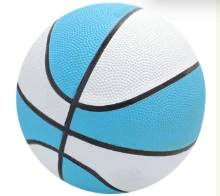Jun . 06, 2025 09:13
The sport of volleyball has captivated athletes and fans worldwide for over a century, evolving into two distinct formats: beach and indoor. While both versions share the same foundational principles—serving, passing, and spiking a ball over a net—their differences create unique experiences for players and spectators. Whether you’re a seasoned athlete or a casual enthusiast, understanding these variations can deepen your appreciation for the game and help you choose the right gear. In this article, we’ll explore the key contrasts between beach and indoor volleyball, examine the different types of volleyball, delve into how to design a volleyball for peak performance, and answer common questions to guide your purchasing decisions.

The Evolution of Volleyball: From Indoor Courts to Sandy Shores
Volleyball( was invented in 1895 by William G. Morgan as an indoor alternative to basketball. Originally called “mintonette,” the game quickly gained popularity in gymnasiums and schools due to its fast-paced, team-oriented nature. Indoor volleyball became an official Olympic sport in 1964, solidifying its status as a global phenomenon.
In the 1920s, beach volleyball emerged as a casual pastime on California’s beaches. Played barefoot on sand with smaller teams, it emphasized agility and creativity over structured plays. By 1996, beach volleyball joined its indoor counterpart in the Olympics, showcasing its unique blend of athleticism and laid-back culture.
The shift from polished hardwood to uneven sand isn’t just a change of scenery—it redefines the game’s mechanics, strategies, and even the design of a volleyball.
Exploring the Different Types of Volleyball: Beach vs. Indoor
While both versions of volleyball share a net and a ball, their rules, environments, and gameplay diverge significantly.
Environment and Court Size
Indoor volleyball is played on a smooth, 18m x 9m court with six players per team. The controlled setting allows for precise jumps and powerful spikes. In contrast, beach volleyball uses a smaller 16m x 8m court filled with sand, which slows movement and demands constant adjustments. Teams consist of just two players, requiring exceptional stamina and versatility.
Ball Specifications
The design of a volleyball differs between the two formats. Indoor balls are heavier (260–280 grams) with a firmer exterior to withstand hard hits and quick passes. Beach balls are lighter (260–280 grams but larger in diameter) and softer, making them easier to handle in windy outdoor conditions.
Rules and Scoring
Indoor matches are best-of-five sets, with each set played to 25 points. Beach volleyball uses best-of-three sets, with sets ending at 21 points. Additionally, beach players cannot use open-hand tips to score, encouraging more strategic dinks and cuts.
How to Design a Volleyball for Optimal Performance
The design of a volleyball directly impacts gameplay, durability, and player comfort. Whether crafting a ball for indoor or beach use, engineers prioritize these elements:
Material and Construction
Indoor volleyballs use synthetic leather for a grippy, water-resistant surface, ideal for controlled environments. Beach balls, however, employ a softer, textured composite to resist moisture and sand abrasion. Both types feature a latex or butyl bladder for consistent air retention.
Panel Layout
Modern volleyballs have 18 panels for a spherical, predictable flight path. Beach balls often use a dimpled surface to reduce wind interference, while indoor balls prioritize smooth panels for faster play.
Size and Weight
As mentioned earlier, indoor balls are heavier and smaller to suit power-driven plays. Beach balls are slightly larger and lighter, aiding control during outdoor rallies.
By tailoring these elements, manufacturers ensure each volleyball excels in its intended environment.
FAQs: Your Guide to Choosing the Perfect Volleyball Product
What Are the Advantages of a Volleyball Designed Specifically for Beach Use?
Beach volleyballs are softer and lighter, reducing strain during long rallies. Their textured surface improves grip in humid or sandy conditions, while their larger size enhances visibility outdoors.
How Does Understanding Different Types of Volleyball Improve My Game?
Knowing the distinctions helps you select the right gear and adapt your strategy. For example, indoor balls reward power, while beach balls demand precision and adaptability.
Why Is Panel Layout Important in the Design of a Volleyball?
Panel configuration affects the ball’s aerodynamics. Fewer panels create a smoother surface for speed, while more panels offer better control—a key factor in different types of volleyball.
Can I Use an Indoor Volleyball for Beach Play?
It’s not recommended. Indoor balls are heavier and less resistant to moisture, which can lead to wear and unpredictable movement on sand.
What Features Should I Prioritize When I Design a Volleyball for Training?
Opt for durability (reinforced seams), visibility (bright colors), and the right weight for your playing style. A well-designed ball enhances skill development and longevity.
Whether you’re diving into the different types of volleyball or seeking a ball tailored to your needs, understanding these nuances ensures you’ll make an informed choice. From the design of a volleyball to its performance on the court or sand, every detail matters. Equip yourself wisely, and let the game begin!




